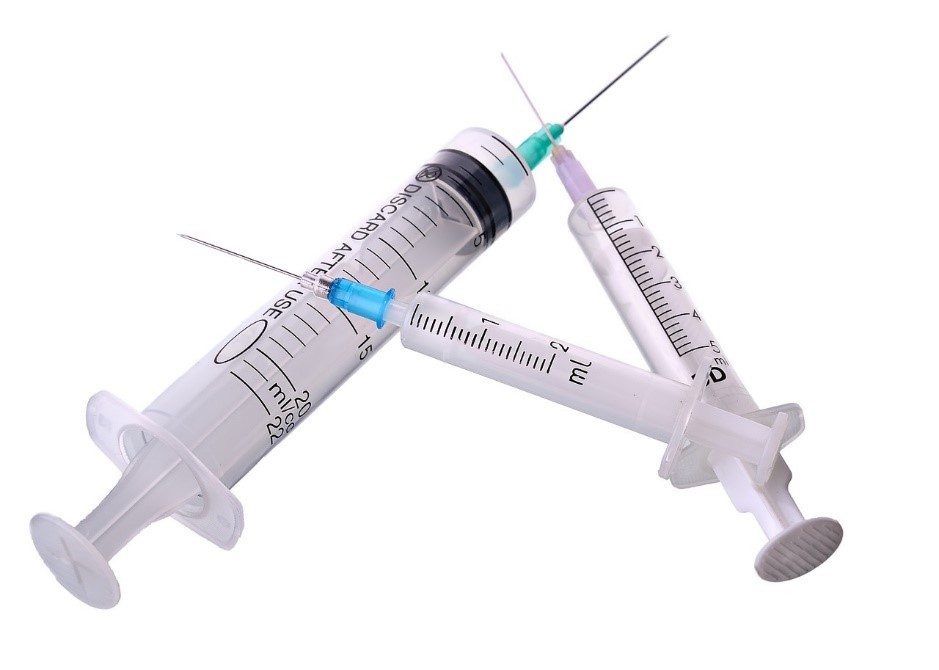How to maintain perfect and healthy cuticles
April 20, 202010 tips to protect your pet
April 25, 2020Many people who experience hand pain will do so as a result of overuse and repetitive actions or an injury that requires treatment, sometimes including surgery and recovery. Most of us who suffer this type of discomfort will seek out remedies that avoid invasive measures. But when the pain becomes too intense, you may need to seek out medical help from a hand doctor.
Table of Contents
ToggleHand Injury
Consider all of the things we do in which our hands are a part. They are our primary tool for just about everything and when one or both of them are hurt, we can feel utterly helpless. Since we use our hands for so many different things, it’s no wonder we end up injuring them from time to time.
Despite our constant use, these appendages are still sensitive and they can be vulnerable to all types of impacts. A quick blow against a hard surface, getting it caught in a door or behind a heavy object, even jamming or spraining one or more fingers, all of these things are more common than we like to think.
Lifting heavy things can be another source of injury and so can strenuous activities, playing a sport can also be a reason behind suffering a simple or complex injury. You’ll know you’ve done something when you feel a little tightness or severe agony. Swelling and bruising are also part and parcel to a hand injury. Broken or fractured fingers and hands can come with some level of tenderness and a dull throbbing.
Repetitive Use Injury
Overuse of the hand is also another common source of hand pain. When hands are forced into
consistent, repetitive motions this can result in pain and discomfort, particularly in the muscles, nerves, and tendons. The most common types of repetitive movement that can lead to injury are things like moving heavy objects, working at a computer, using certain kinds of tools, and playing sports. These actions need to be taken on a daily or near-daily basis.
Arthritis
This isn’t a disease that refers to just one type of disability. In fact, there are nearly 100 different variants of arthritis, each with a variety of symptoms and developments. You know you have arthritis because you can feel it in your wrists, your joints, your fingers. There’s the usual pain and swelling, but you can also feel stiffness and a restriction in your range of motion.
Flare-ups can occur just about any time. You may feel the symptoms for a day, a week, or a month, then never again for months or years. On the other hand, you may experience chronic pain and discomfort on a near daily basis.
How to Find Relief
For some of the mildest hand pain and discomfort, you can typically rely on a hot or a cold compress placed against the area of the hand. That can provide some relief. For more intense pain, there are other alternatives and if the pain persists, you may need to have surgery on the affected area.
Some sufferers can find relief with over the counter options for the reduction of pain and swelling. Depending on the reason behind the pain, you may need to limit the movement of the hand.
Wearing A Splint
A splint is a good way for stabilizing your fingers, the thumb, or wrist. These are ideal for restricting the movement of the hand in order to enable the faster healing. In some cases, continuing to use the hand can exacerbate the condition and make it worse before it gets any better.
Cortisone Injections
One or more injections of cortisone or a corticosteroid into an affected joint can not only reduce swelling and inflammation but also eliminate the pain and discomfort associated with them. In some cases, one injection can do the trick but some sufferers may need a series of injections to get the job done. While most treatments like this can take care of the problem for up to a year, multiple injections can eradicate the issue entirely.
Hand Exercises
Even the most basic exercises can help to stretch and improve muscles while also strengthening tendons, all of which can reduce the pain and swelling associated with the most common hand injuries. Flexibility is a great way to stave off arthritis, so feel free to perform simple exercises by flexing the hands and fingers. This is a good way to keep the tendons and ligaments healthy, mobile, and active while also increasing the production of synovial fluid to keep pain and discomfort away.





